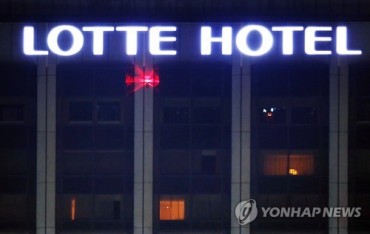SEOUL, July 13 (Korea Bizwire) — The Ministry of Environment on Wednesday formulated guidelines to reduce the number of great cormorants that have changed from winter migratory birds to resident birds, and distributed the directives to local governments across the country.
For the spring season, the ministry recommends removing the great cormorants’ nests that remain empty after being built in the previous year as part of efforts to prevent the nests from being used again.
It also suggests making efforts to hamper the breeding of the birds by installing predator models or creating noise by firing blank shots.
For the post-breeding autumn season, the guidelines recommend preventing the birds from setting up nests by removing old ones or raw materials used to make the nests.
Originally, great cormorants were migratory birds that stayed in South Korea during the winter season or the period of migration in spring and autumn after living in the northeastern part of China or more northern regions.
However, in 2020 it was found that about 6,365 great cormorants had settled in about 10 areas in the country, including the Soyang River in the city of Chuncheon, northeast of Seoul.
It’s assumed that they settled in the country since it offers a number of locations with ideal habitats that have limited human access, abundant prey, and no natural enemies.
Wild great cormorants eat more than 500 grams of prey per day, causing a loss of fishery resources and leaving trees bleached with white excretions.
J. S. Shin (js_shin@koreabizwire.com)







